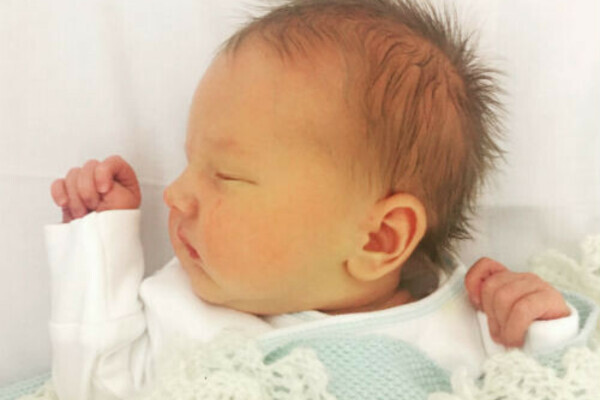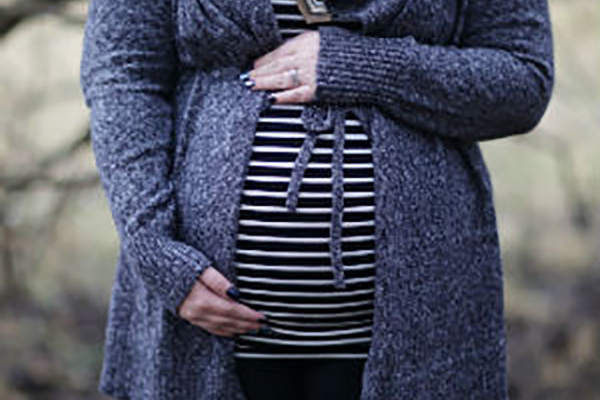So you’re pregnant with Marfan syndrome, and you’re tackling all the challenges that brings, that’s even before you’ve tackled the labour! When I read around about being pregnant with Marfan syndrome I couldn’t really find very much about what I could expect from the labour. Though every birth experience is different, hopefully reading about my journey will help you feel a little more prepared for what’s to come.
By Laura Smith
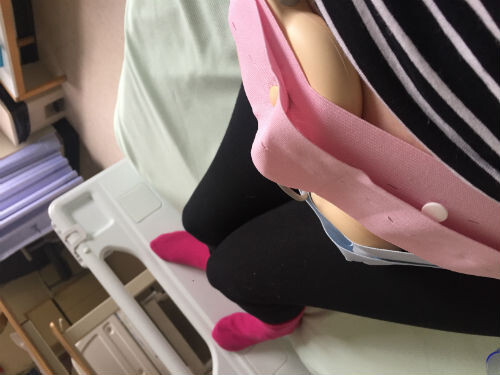
What happens before the birth?
The labour seems to be one area that doctors are most concerned about when you’re pregnant with Marfan syndrome. For anybody, the process of giving birth is incredibly strenuous, so if you have Marfan’s and the associated heart condition then obviously the risk is increased.
My cardiologist hadn’t really focused too much on the labour in the early appointments and was more interested in how I was handling pregnancy. At around 24 weeks I was told that my next appointment would involve discussing the labour. I rocked up at 28 weeks pregnant and was met with a room full of people! As well as my cardiologist there was an obstetrician, anaesthetist and about three students. A number of options were presented, however they did say that a decision would be made nearer the time with my agreement. One thing that was decided was that the labour would need to be planned so they could ensure the relevant people were present.
It was initially expected that I would have a C-section and I certainly went in to my pregnancy expecting this delivery. However as my pregnancy progressed it was decided that I could handle a natural birth, with an early epidural and what they referred to as “20 minutes of active pushing”. The prospect was initially quite scary, however, after discussions with my healthcare team I trusted their judgement and tried to get my head around a natural birth.
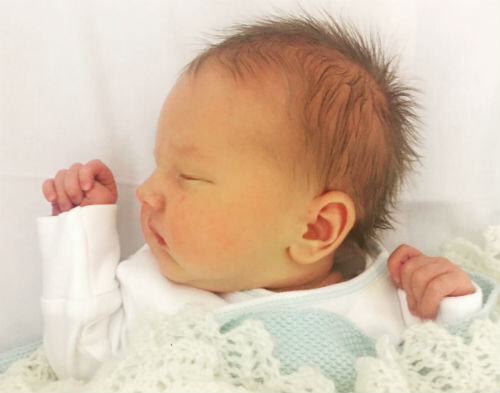
What happens during the birth?
During the birth you can expect the extra care and monitoring that you most likely received during your pregnancy. As I have the associated heart condition, I wore a heart monitor throughout the labour so they could see how I was coping at all times. This can be difficult as it means you can’t move around the room whilst managing your contractions.
My labour did go as planned initially, I arrived at the hospital at 10am and was induced at 39 weeks pregnant. My water broke at 6.30pm and that’s when the fun began! I was managing with gas and air and was regularly monitored by a midwife. As the contractions became more intense I was moved to a delivery suite and the anaesthetist was called to administer an epidural.
Unfortunately that’s where the plan went out of the window! The epidural didn’t work and after a number of attempts it was decided that I would have to deliver without it. I can’t remember how long I actively pushed for, I just remember the room filling with people and then they were gone and my little boy was here. It was without a doubt the best moment of my life and worth the stress. Midwives are just incredible.
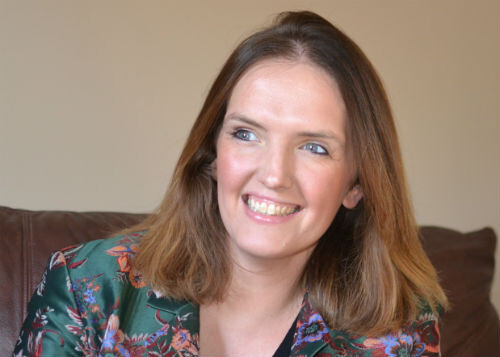
What happens after the birth?
Immediately after the birth cord blood was taken for genetic testing, and we dressed and cuddled our little boy. I do remember my cardiologist popping in to the room to check on my progress, however I couldn’t tell you what he actually did as I was just in a baby fog.
You will be expected to stay in hospital for a longer period of time than your average new mum. For me it was five days. During this time I underwent a number of tests including an echocardiogram and regular ECGs. It felt draining after hours of labour and many sleepless nights however the time does pass and eventually you get to take your new baby home (to enjoy a lifetime of sleepless nights!).
ABOUT LAURA SMITH
“My dad always made me feel like having Marfan syndrome made you part of a special club!” - Laura Smith
Laura Smith is a writer living in Halifax, West Yorkshire with her husband Dave and son Jude. She has grown up knowing she has Marfan syndrome. She spends her days hunting for the tall range in clothing stores and writing nice words for greeting cards. E: [email protected].
Please note that the views expressed in this article are those of its author. The Marfan Trust is not responsible for the medical content of comments posted by others on these blog pages. If you have specific medical queries, please email [email protected].

